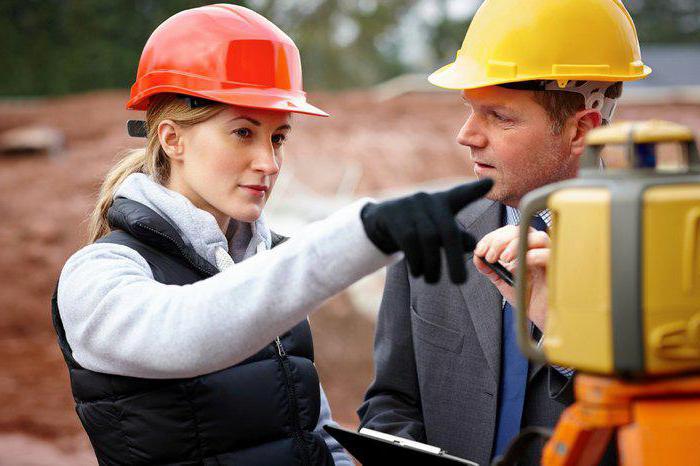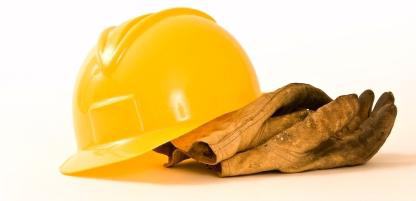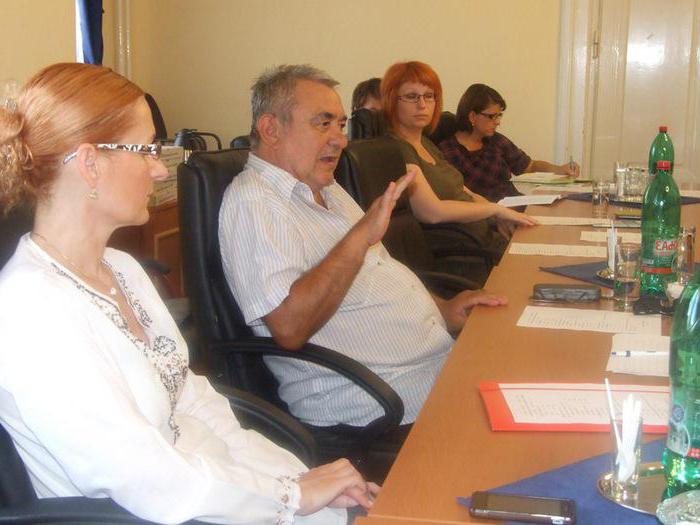State and public control over labor protection is provided by authorized bodies and structures. The overall goal of this work is to verify the implementation of the established requirements of legislative and other regulatory acts regulating OSH issues. Let us further consider what constitutes administrative public control over labor protection. 
general characteristics
In the field of OH&S management, control is of particular importance. It is implemented in three key areas. In particular, state, public and departmental control. The first is carried out by the Federal Employment Service. Its structure includes the Department for Supervision of Compliance with the Labor Code, territorial bodies for state control of the implementation of legislation and other regulatory acts on labor protection. Departmental supervision is carried out by special services of concerns, ministries, associations. In institutions and organizations, it is carried out by authorized structures, occupational health engineers or persons who are responsible for this. Special commissions of trade union committees of enterprises carry out public control.
Compliance with labor protection rules is the responsibility of all employees of any organization, regardless of its legal status. The commissions of trade union committees are authorized to carry out checks to identify violations of established regulations, identify guilty entities for subsequent prosecution.
Public control over the state of labor protection
Responsible persons are selected within the union or other authorized body. In accordance with the specific conditions of production, several such workers may be selected. Persons who exercise public control over labor protection inform the management of all violations identified during inspections and seek to eliminate them. 
OT systems
Organizations typically have OSH management systems. Formation and management of the OT system is carried out by the owner of the enterprise or a person (one or more) authorized by him. They form the appropriate services or accept OT specialists on contractual terms. The number of employees forming the departments, as well as their structure will depend on the number of employees of the enterprise and its scale. If the organization employs less than 10 people, then a special commission is not created and does not invite a specialist. In this case, the responsibility for public control over labor protection lies with the head. If the company has more than 10 people, a commission is formed on a parity basis. It should include representatives of both the employer and employees. If the organization employs more than 100 people, then the manager is obliged to introduce the position of a specialist in OT. With a population of over 1000 people. the corresponding service is being formed. In the absence of this structure, as well as an authorized OT employee, the head enters into an agreement with a competent organization or specialist who provides services in the relevant field.
OT Service
She acts as an independent structural unit and is directly subordinate to the head or his deputy. The main function of the service is public control over labor protection. It includes:
- Organization and coordination of OH&S activities.
- Supervision of the implementation of legislative and other regulatory acts.
- Improving work on the prevention of occupational injuries.
- Advising employers and staff on occupational health issues.

Important point
Heads of organizations, heads of structural divisions, laboratories, individual sections, departments of chief specialists, logistics, etc. participate in the activities of the OT system. Coordination of the activities of all these units is carried out by an OT engineer. The basis for making managerial decisions and planning events is the analysis of the results of supervision, which includes the assessment of the state of the labor protection system.
Classification
Public control over labor protection may be:
- Operational.
- As planned.
- Selective.
In addition, verification of safety requirements during certification is provided. Operational public control over labor protection is carried out by the OT service and is associated with various kinds of failures and accidents. Depending on the nature of the catastrophes, departments of chief specialists (mechanics, energy, security departments of structures and buildings, etc.) are involved in inspections.
Scheduled monitoring can be comprehensive and targeted. The latter involves checking production equipment for specific signs. For example, the compliance of electric drives, hydraulic systems and pneumatics with safety requirements can be monitored. As an object of verification may be a means of collective defense. These, in particular, include lighting, heating, air conditioning, ventilation systems, etc. Typically, targeted control is performed throughout the organization. 
Comprehensive checks
They are carried out in a specific workshop. The object used is equipment used in production. It is checked for compliance with a set of security measures established by standards. During such events, a journal of administrative and public control on labor protection is filled out. In the course of inspections, measurements of harmful and hazardous production factors are organized. All types of equipment, processes, personal and general protective equipment, as well as building structures located on the site (in the workshop) are subject to control.
Certification
First of all, it concerns the staff. Certification is based on checking the conformity of the working environment, the severity and intensity of work, the devices that the personnel use with the established requirements. The indicators of all harmful and dangerous factors affecting employees are subject to assessment. Their values are determined during instrumental measurements in the process of activity in accordance with the technical regulations, with effective and properly functioning means of general and individual protection. In this case, the methods established in the relevant standards and other regulatory acts are applied. In the process of measurement, instruments that have passed the state audit on time must be used. The results of the indicators are recorded in protocols. 
Additionally
The fact of the audit is recorded in the journal of public administrative control. Occupational safety as a normatively fixed activity is subject to the relevant requirements. Persons responsible for its implementation must follow special rules. They are fixed by the Regulation of administrative and public control. Occupational safety, the head of the enterprise should pay maximum attention. The development of OH&S activities is his responsibility. At the same time, the company should be attended by employees responsible for the journal of public control on labor protection. It contains the facts of conducting not only inspections, but also briefings, staff training.
Selective Events
These include the control of harmful, difficult and dangerous conditions of professional activity. Selective measures are carried out to establish the correct use of the lists of industries, positions, jobs and indicators, in accordance with which preferential pensions are determined, holidays are provided, the justification for calculating compensation for activities under the influence of adverse factors. Such inspections are also aimed at ensuring quality control of certification of personnel, especially in places where women work. 
Injury rates
They act as key characteristics of the state of OT. The indicators include the coefficients of severity and frequency of accidents and deaths. Evaluation of the dynamics of their changes allows us to predict their value for the coming period. The criteria according to which the injury is characterized as industrial, are specified in the Regulation, which defines the features of the investigation of insurance cases. According to the document, records are kept in relation to situations that entail permanent or temporary disability, the need to transfer an employee to another job or death that arose during the performance of his professional duties during a shift on the territory of the enterprise or outside it, including along the way to the place of the assignment. Accidents include injuries received from another person, acute poisoning, burns, heat stroke, frostbite, drowning, insect bites, damage by ionizing radiation, lightning or electric current. Insurance situations also include damage that occurred during an accident, explosion, destruction of a structure, building or structure, natural disaster and other emergencies. 
Features of the investigation
Identification of circumstances of accidents is carried out by a special commission. Representatives of the employer and employees are present in it. The inclusion in the commission of employees of the administration who are responsible for labor protection in the territory where the injury was sustained is prohibited. The victim is allowed to participate in the investigation of the case. The commission is obliged to draw up a corresponding act within three days.






